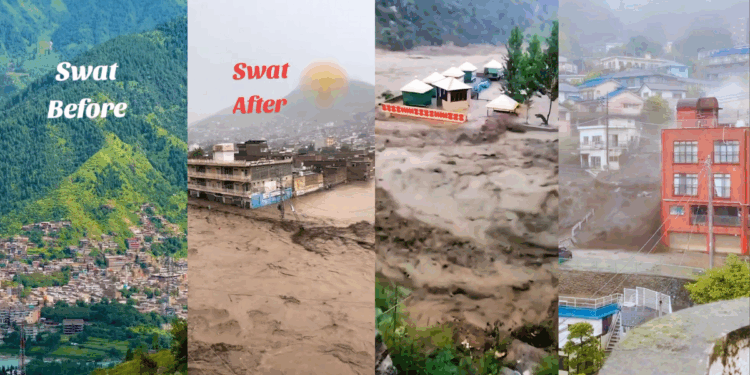Rising Death Toll in Buner and Beyond
On 15 August, a sudden cloudburst engulfed parts of Northern Pakistan across Khyber Pakhtunkhwa province in one of its deadliest monsoon disasters in recent years. The National Disaster Management Authority has reported that at least 321 people have been confirmed dead in two days.
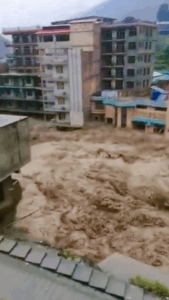
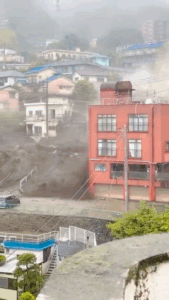
Buner district recorded the highest number of casualties, as officials confirm 307 deaths in Khyber Pakhtunkhwa alone, while smaller number of fatalities were reported in Gilgit-Baltistan and Pakistan-administered Kashmir.
Villages Swept Away
The villages of Pir Baba and Malik Pura were among the worst affected. Torrentous water demolished homes and carried boulders with it that tore through buildings, destroying them in its wake.
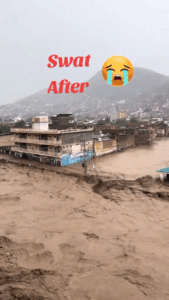
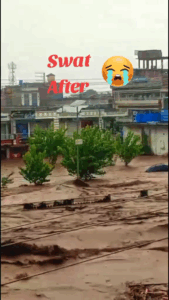
Residents said that many families were unable to escape in time, leaving entire households buried under mud and debris. Hospitals in Buner reported that most victims had already died before reaching medical facilities, with children making up a significant number of the casualties.
Survivors Blame Officials
Survivors in Buner accused authorities of failing to issue warnings in time. Residents, angry at the devastation, expressed that mosque loudspeakers, used in remote areas for major announcements, remained silent on the days of devastation.
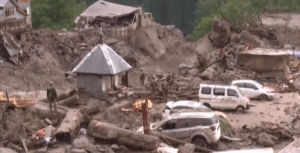
Local teachers and community leaders insisted that advance warnings could have saved lives and allowed people to move to safer ground. However, officials defended their response, saying that the cloudburst struck with unprecedented intensity before they could issue any alerts.
Rescue Efforts Underway
Rescue efforts are underway in the impacted districts, with the military deploying ground forces and helicopters to help stranded communities. These rescue efforts have been hampered by washed-out roads and bad weather.
A military helicopter crashed in Buner, killing all five of the crew members involved in the search and rescue efforts. Rescue teams have evacuated over 3,500 stranded tourists, but hundreds remain trapped in isolated valleys where landslides and floodwaters have destroyed all access routes.
Regional Impact
The floods in Pakistan coincided with similar disasters in Indian-administered Kashmir, where sudden cloudbursts killed at least 60 people and displaced hundreds of others. In Chisoti village, floodwaters swept away pilgrims who had gathered for a meal before embarking on a religious trek.
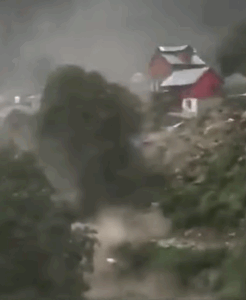
Experts have warned that cloudbursts are becoming more frequent across the Himalayas, with climate change identified as a major contributing factor. Pakistan’s northwestern communities are particularly vulnerable because many villages are located along riverbanks or on steep slopes with limited protection against flash floods.
Climate Pressures
Between 600 fatalities due to floods and landslides have been registered all across Pakistan since 2 June 2025. Official report states that rainfall this year is more than 50 percent above average, thereby making disasters more intense and difficult to predict.
Some scientists argue Pakistan as disproportionately vulnerable to climate change since it emits less than one percent of global greenhouse gases. From recurring heatwaves to glacial outbursts and destructive monsoons, Pakistan sits at the forefront of worsening extreme weather events.
A Nation Still Recovering
The tragedy keeps fresh in people’s minds the painful memories hanging from Pakistan’s monsoon disaster of 2022, wherein unprecedented rainfall killed more than 1,700 persons. Today in Buner, survivors search through the wreckage of their homes for belongings while families bury the dead in mass graves.

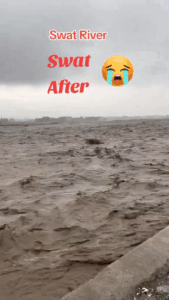
Officials warn that it will take weeks to clear debris and get the basics of life restored. Forecasters have warned of more heavy rainfall and landslides, with the monsoon set to continue until late September in the coming days.
Watch videos of the devastation here:
@live_4_others خیبر پختونخوا طوفانی بارشوں نے تباہی مچا دی #Tiktokviral #Videoviral #Foryoupage #Fyp #Live4others
@itxqamar73 #flood#swatbunerflood #swatbeforeandafterselab #prayforswat @tiktok creators
More from Wake Up Singapore:-
‘Once-in-50-Years’ Flood: Deadly Deluge Hits Southwest China, Leaving Six Dead
Floods Hit Johor with Over 1,600 Evacuated Across Four Districts
If you have a story or a tip-off, email admin@wakeup.sg or get in touch via Whatsapp at 8882 5913.
Interested in advertising on our media channels? Reach out to us at admin@wakeup.sg!
Since you have made it to the end of the article, follow Wake Up Singapore on Telegram and X!
Wake Up Singapore is a volunteer-run site that covers alternative views in Singapore. If you want to volunteer with us, sign up here!
If you can, please do consider buying a mug or two to support Wake Up Singapore’s work!



